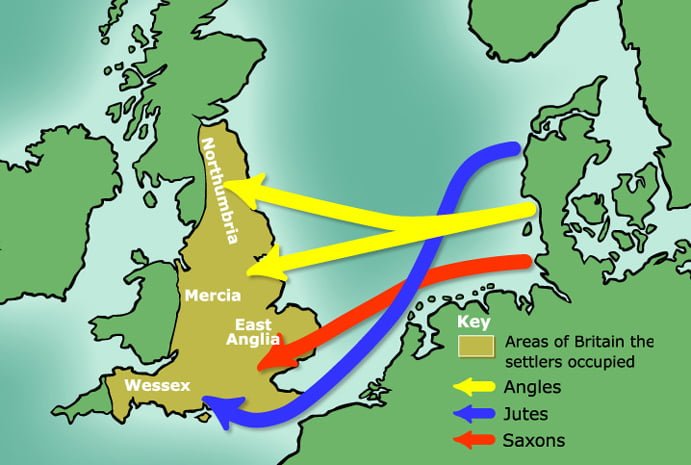Linguists often use the tree metaphor to show the historical relationships between languages and how they relate to one another. In a language history course, these trees would most of the time look very simple and informative, but they lack imagination. Minna Sundberg, creator of the webcomic Stand Still. Stay Silent, thinks that there is no reason why linguistics should be so visually uninspiring and unimaginative. So, she remapped the languages into one beautiful and magnificent tree that is quite a sight to feast your eyes on.
This tree beautifully captures the connections between groups of languages, and it shows that all languages descend from a common ancestral proto-language. The size of the leaves on top of each branch approximates how many people speak each language, with English being one of the largest groups, alongside Spanish and Hindi. We leave you with the infographic for now. Let’s meet below for some comments.
(Tap on the picture to see it in full resolution.)

Finnish and other Scandinavian languages are geographically neighbors but that doesn’t make them family. As the tree shows, they are derived from different roots.

The European region splits into Slavic, Romance, and Germanic branches. Celtic languages, as well as Latin, are shown as delicate twig-like branches.

As beautiful and illustrative as the infographic seems, it still overlooks other very significant languages. One language that does not feature in this tree is Arabic and other Asian and African languages of which the number of native speakers could easily amount to a billion speakers. But then again, that tree would be too big to fit on a web page. Just imagine how humongous a tree would look if it included all the 7000+ beautiful languages that we have in the world today.








Beautiful, beautiful graphic undermined by an article that doesn’t understand the point of it.
“This tree beautifully captures the connections between groups of languages, and it shows that all languages descend from a common ancestral proto-language.”
No–it does not. It shows all languages THAT descend from a specific common ancestor–Proto-Indo-European. Whether or not there is a singular language from which all languages descend is still in debated, but it IS generally agreed that there is a common root for European and Indian (the country) languages, and this tree beautifully illustrates those languages and their connections. Arabic, Asiatic, and African languages weren’t overlooked or left out–they don’t belong on this tree. If we don’t have those other trees, that’s a shame, but it doesn’t change the fact that they would never have been on this tree to begin with.
I thought Corsican, and indeed Gallurese in northern Sardinia, were much closer to peninsular varieties of Italian than to the language o central and southern Sardinia.
Very beautiful but… The absence of Ladin is so-so, since some people regard it as a dialect not a language (although it is officially recognised as an independent language), but – unless I’m being very blind – the omission of Gujarati would seem a bit glaring?
Finnish is written with double n
I think the fundamental clue to the subject of the family tree might be in the title of the graphic:
‘A comprehensive overlook [sic] of the Nordic languages in their Old World language families’.
Next to Spanish, which is really Castillian, and Portuguese, you could also have Astur-Leonese, Aragonese, Mozarabic, Ladino, Judaeo-Portuguese, Papiamento, Barranquian, Portuñol, and Loreto-Ucayali. Next to French you could have Haitian Creole.
I also thought there was more of a distinction between Irish, Scottish and the Manx (Isle of Mann) varieties of Gaelic, although perhaps they are here considered only dialects.
Where can I get this as a classroom poster?!
And where is Georgian on this tree?
This design is spectacular! You most certainly know how to keep a reader entertained. Between your wit and your videos, I was almost moved to start my own blog (well, almost…HaHa!) Fantastic job. I really enjoyed what you had to say, and more than that, how you presented it. Too cool!|
JB: Sorry to cast a pall on your birthday. I really hope it is a great one.
Very comprehensive indeed. And I thought I knew the names of most of the languages spoken in Europe. I was wrong; there are so many of them spoken by relatively small communities. You should also try a language tree for Asia (apart from the Indo-European one). Turkic, Chinese, Japanese and the others. I have heard than there are Turkish (or proto-Turkish, or Turkic) words still used by natives living in the American continent. One example I heard from a journalist visiting Mexico was ‘chapul tepec’ (When asked, he was told it means ‘hill of bandids). In modern Turkish ‘çapulcu’ (chapulju) means ‘bandid’, and ‘tepe’ means a ‘hill’.